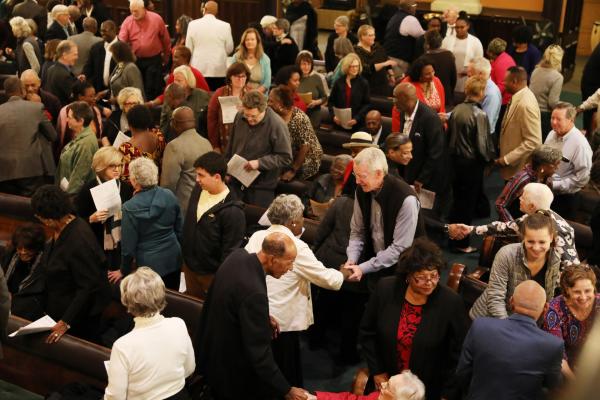Recently, a report from Public Religion Research Institute (PRRI) found that Black Protestants are the only Christian group in which a majority — 63 percent — believes that congregations should get involved in social issues even if doing so means having difficult conversations about politics. This tells me that white congregations, in contrast, believe that churches are best left as places of solace, where difficult conversations do not take place. Ultimately, this allows for white supremacy to remain intact within these houses of worship. I am the senior pastor of Lake Street Church of Evanston, a predominantly white church, and our path out of white supremacy has required us to take the lead from Black congregations on a variety of social justice issues.
Read the Full Article

